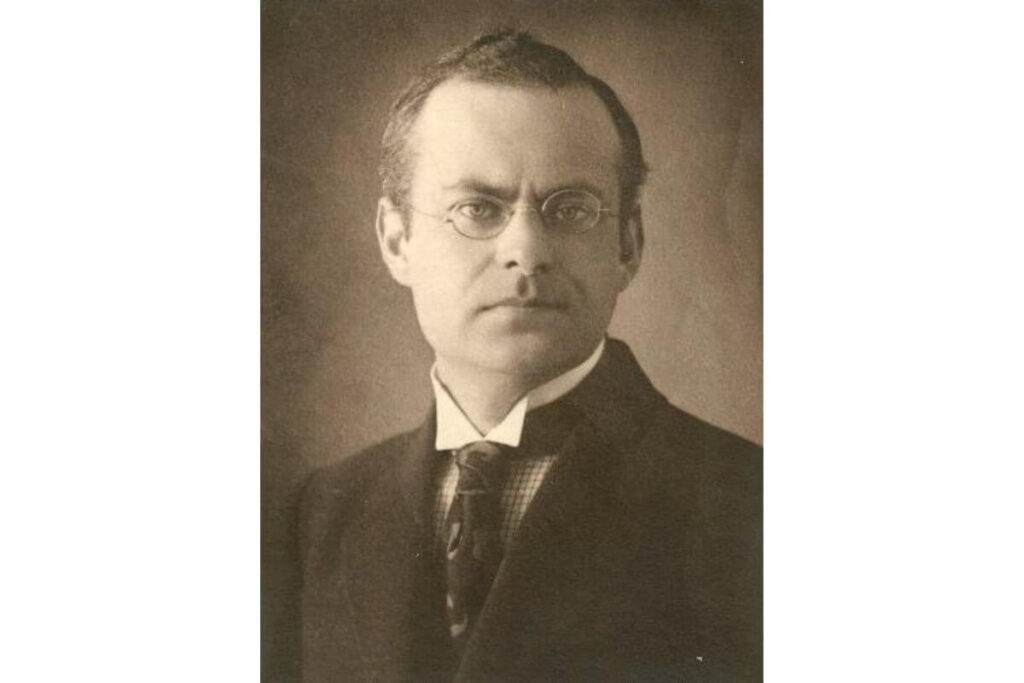Aron Nimzowitsch was born on November 7, 1886, in Riga, Latvia, which was part of the Russian Empire at the time.
He learned to play chess from his father at the age of eight and began his serious chess career in Berlin, where he studied philosophy and played in German clubs and tournaments.
Nimzowitsch’s dedication to chess was evident when he entered the University of Berlin in 1904, focusing on the game
Chess Achievements and Style
Aron Nimzowitsch became one of the best chess players in the late 1920s and early 1930s. He was a Latvian-born Danish chess player and writer, and his influence on chess was significant during his time and continues to be felt today.
Nimzowitsch was best known for his 1925 book, “My System,” which introduced the Hypermodern school of chess. Some of his notable achievements and contributions to chess include:
- Winning a famous Qd8-d7-f5-h7 game against Paul Johner in a Dresden tournament in 1926
- Creating the Nimzo-Indian defense, a popular chess opening
- Developing several theories of play, including the Hypermodern school of chess
Influence on Chess Players and Future Champions
Nimzowitsch’s work had a profound impact on the development of chess players, including future World Champion Tigran Petrosian.
His influential book, “My System,” introduced the hypermodern school of chess, which emphasized the importance of squares rather than pawns occupying them. This approach to chess strategy made the strategy of the masters more intelligible and helped shape the play of many chess champions.
Legacy and Final Thoughts
Aron Nimzowitsch passed away on March 16, 1935, in Denmark. His contributions to the world of chess, through his play, writings, and the development of new chess openings, have left a lasting impact on the game.
His influence on chess players and the evolution of chess strategies continue to be felt today, making him a prominent figure in the history of chess.
Playing Style
Aron Nimzowitsch was a Latvian-born Danish chess player and writer who was one of the best chess players in the late 1920s. His playing style was characterized by the following traits:
- Hypermodern School: Nimzowitsch is considered the pre-eminent Hypermodern chess player, and his approach to chess, known as the Hypermodern school, emphasized control of the center rather than occupation of squares.
- Positional Play: Nimzowitsch’s style focused on positional chess, demonstrating that entire games can be won with positional play itself. His book “My System” is still a positional player’s bible, and his innovations have been adopted by many players, including former World Champion Vladimir Kramnik
- Center Control with Pieces: One of Nimzowitsch’s main innovations was the idea that the center must be controlled with one’s pieces, where they will be most effective
- Invasion of Seventh/Eighth Rank with Rooks and/or Queen: Nimzowitsch found that invading the opponent’s seventh and eighth ranks with rooks, alone or with the queen, increases the chances of winning or drawing the game.
- Over-protection: In some positions, Nimzowitsch suggested over-protecting important squares or pieces with more pieces than required to prevent losing them in case of eventuality.
- Adaptability: Despite being known for his Hypermodern style, Nimzowitsch was able to adapt his play to various situations and opponents, as evidenced by his performances against fellow Hypermodern Richard Reti and the classically-minded Siegbert Tarrasch.


